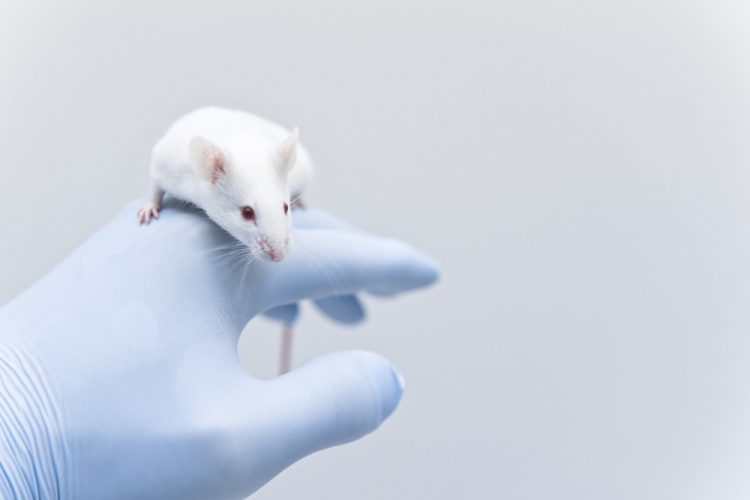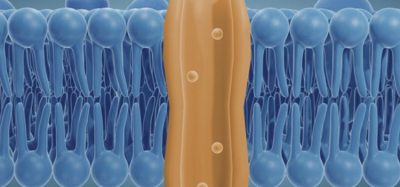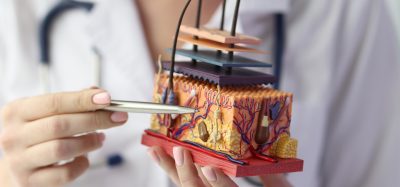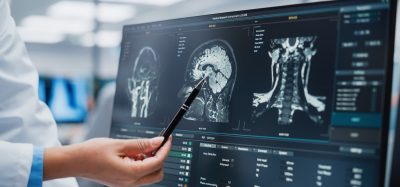Method to convert any mouse into COVID-19 model made available to researchers
Posted: 22 June 2020 | Victoria Rees (Drug Target Review) | No comments yet
Researchers who reported that delivering the human ACE2 protein into mouse airway cells creates COVID-19 models have released their findings to allow other scientists to make their own models.


Researchers have created a gene therapy approach that they say can convert any lab mouse into one that can be infected with SARS-CoV-2 and develop COVID-like lung disease. The team have made their gene therapy vector freely available to any researchers who wish to use it. The study was conducted by scientists at the University of Iowa (UI) Carver College of Medicine, US, and Medical University, Guangzhou, China.
“There is a pressing need to understand this disease and to develop preventions and treatments,” said Dr Paul McCray, UI professor of paediatrics and microbiology and immunology. “We wanted to make it as easy as possible for other researchers to have access to this technology, which allows any lab to be able to immediately start working in this area by using this trick.”
According to the researchers, the ‘trick’ is the use of an adenovirus gene therapy vector that is inhaled by the mice to deliver the human angiotensin-converting enzyme 2 (ACE2) protein into mouse airway cells. This is the protein that SARS-CoV-2 uses to infect cells. Once the mouse airway cells express the hACE2 protein, the mice become susceptible to infection with the virus and they develop COVID-19-like lung symptoms.
Due to differences between the human and mouse ACE2 protein, wild-type mice are not susceptible to the SARS-Cov-2 virus, highlighting the need to develop models. Although the disease is not fatal in the models, the animals do get sick, losing weight and developing lung damage.
The vector is readily adaptable to any strain of mice (and other lab animals), which means research teams can rapidly convert mice with specific genetic traits into animals that are susceptible to SARS-Cov-2, allowing them to test whether those traits influence the disease.
The researchers showed that mice treated with this gene therapy could be used to evaluate a vaccine and several potential COVID-19 therapies, including a preventative strategy known as poly I:C, which boosts the innate immune response, convalescent plasma from recovered COVID-19 patients and the antiviral drug remdesivir. In each case, the therapies prevented weight loss, reduced lung disease and increased the speed of virus clearance in the mice. The team also showed that the mice are useful for studying important immune responses involved in clearing the SARS-CoV-2 virus.
The team say that their gene therapy vector is essentially an off-the-shelf tool that allows labs to create their own COVID-19 mouse model within a few days.
“You can create these mice very quickly. You do not have to breed the strain, which is very time consuming and expensive,” McCray explained. “We think this technology will be useful for investigating COVID-19 lung disease and rapidly testing interventions that people think are promising for treating or preventing COVID-19.”
The results were published in Cell.
Related topics
Disease Research, Drug Development, Research & Development
Related conditions
Coronavirus, Covid-19
Related organisations
Iowa University, Medical University Guangzhou
Related people
Dr Paul McCray








